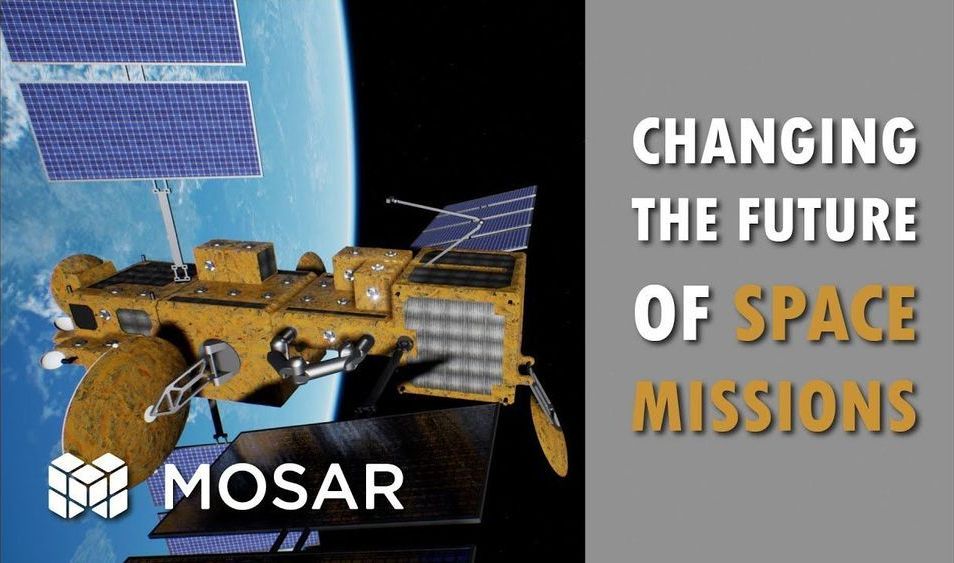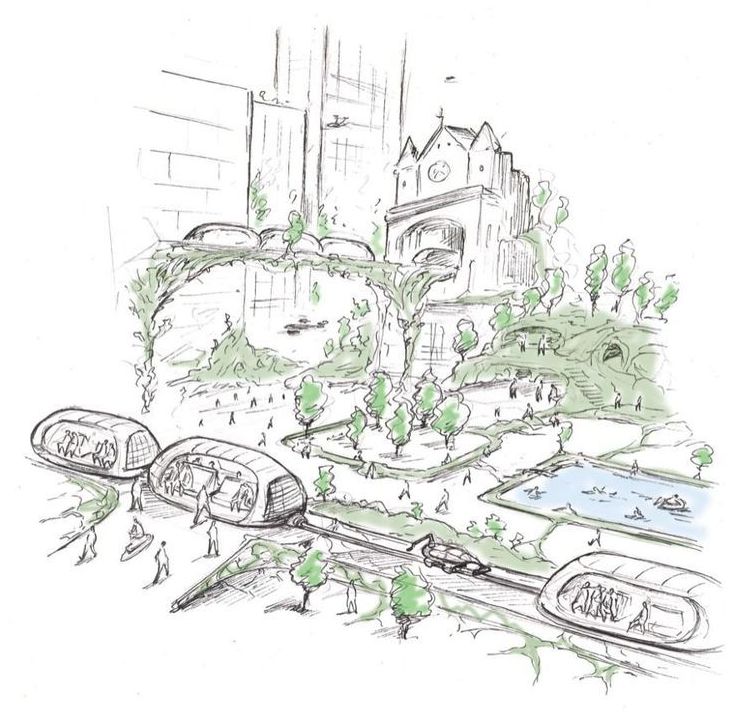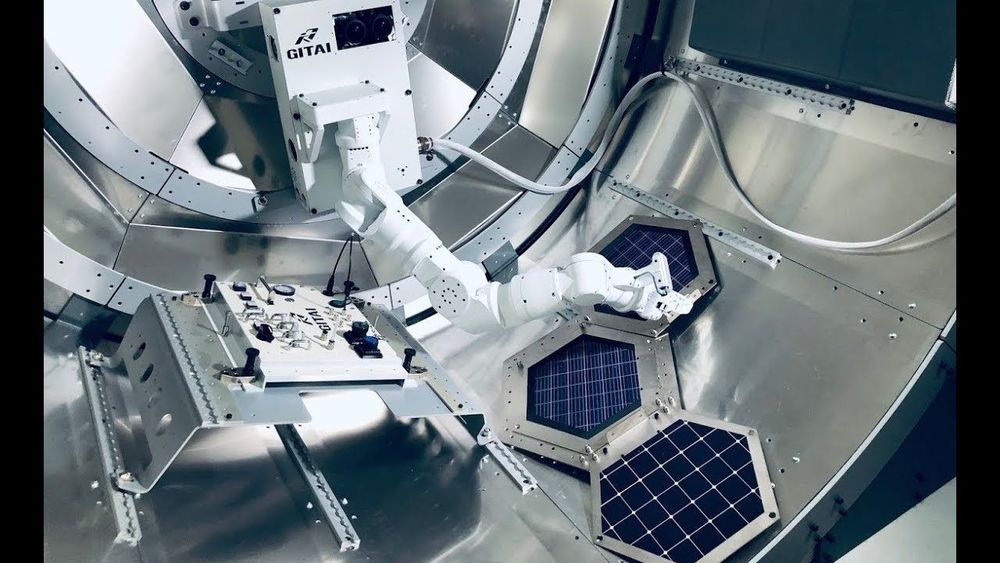Sep 23, 2020
Boxer George “Monk” Foreman III talks of Compassion and Everybody Fights!
Posted by Ira S. Pastor in categories: business, life extension
Boxing, Business, and Well-Being — I am joined on this episode of ideaXme by George Foreman III; entrepreneur, professional boxer, trainer, coach, son / business partner of former two-time heavyweight boxing champion George Foreman, and founder of EverybodyFights, a rapidly expanding chain of high-end, state-of-the-art boxing and fitness gyms — #Ideaxme #Health #Wellness #Boxing #GeorgeForeman #Fitness #Gyms #Nutrition #Longevity #Aging #Healthspan #Lifespan #LifeExtension #Business #Entrepreneurship #Innovation #Startup #IraPastor #Bioquark #Regenerage
Ira Pastor, ideaXme life sciences ambassador, interviews George “Monk” Foreman III; entrepreneur, professional boxer, trainer, coach, and Founder of Everybody Fights.
Continue reading “Boxer George ‘Monk’ Foreman III talks of Compassion and Everybody Fights!” »


















